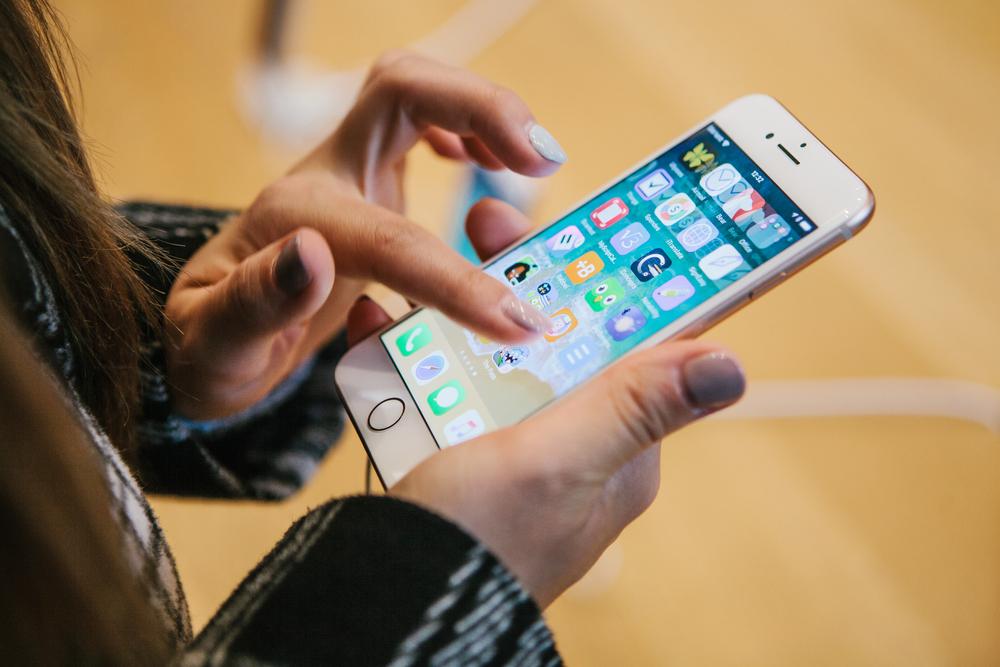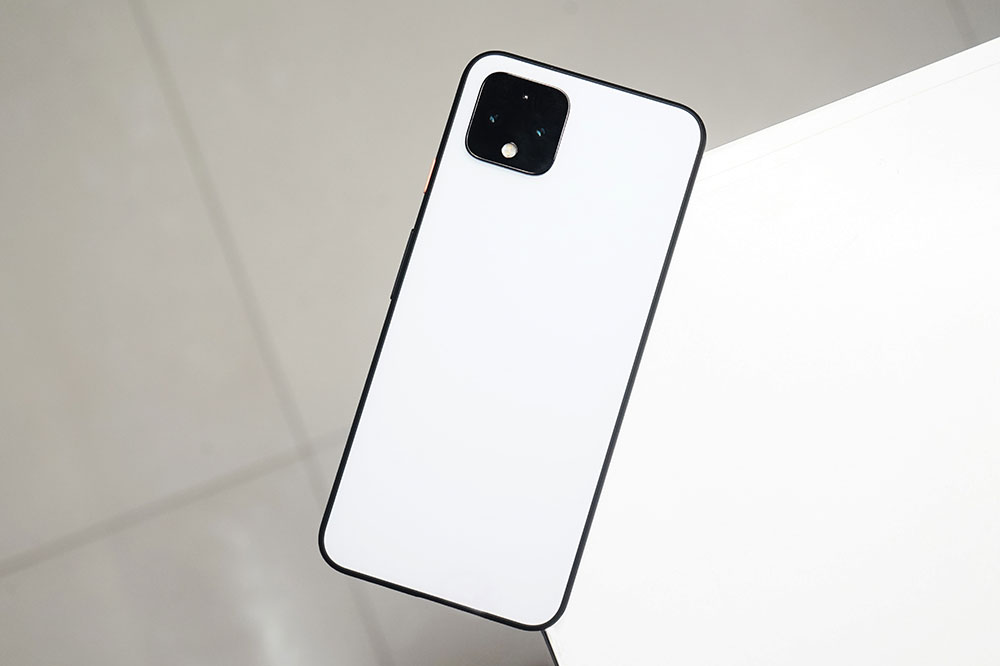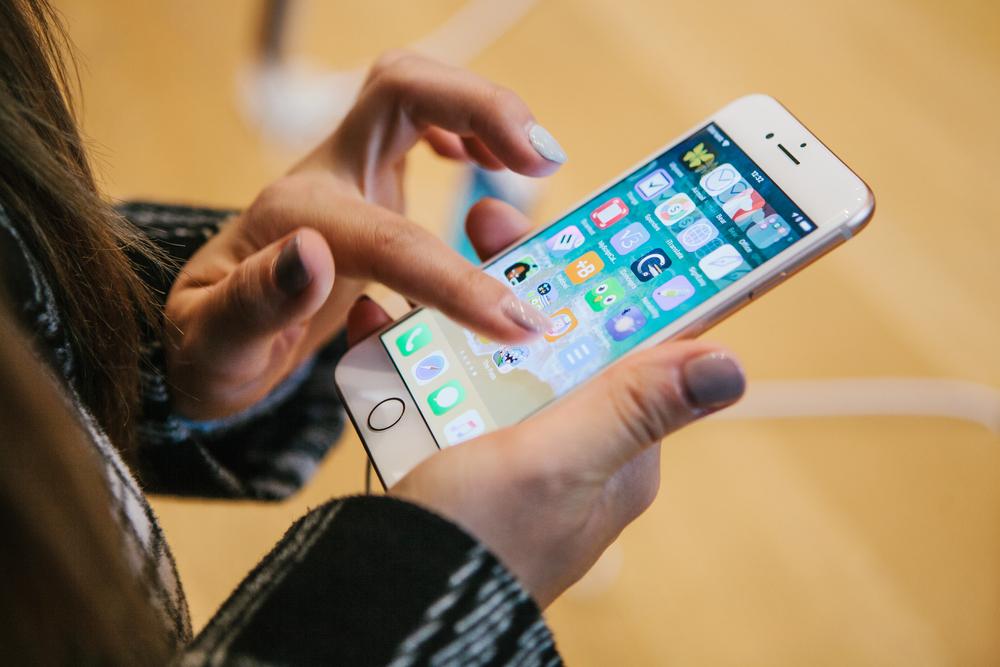In-Depth Comparison: iPhone 7 Plus vs Samsung Galaxy S7 Edge – Which Smartphone Reigns Supreme?
This comprehensive comparison explores the key features, performance, and design aspects of the 2016 flagship smartphones: the iPhone 7 Plus and Samsung Galaxy S7 Edge. The article discusses their displays, operating systems, storage options, battery life, durability, camera capabilities, and connectivity features, helping consumers make informed decisions based on their preferences. Both devices are analyzed for their strengths and suitable user profiles, emphasizing their enduring relevance despite being released several years ago. Ideal for tech enthusiasts and prospective buyers seeking high-performance smartphones.

Comprehensive Analysis of the iPhone 7 Plus and Samsung Galaxy S7 Edge
Released in 2016, the iPhone 7 Plus and Samsung Galaxy S7 Edge stand as two iconic flagship smartphones from Apple and Samsung, respectively. Both models have garnered widespread praise for their innovative features, sleek designs, and high-performance capabilities. As consumers increasingly demand cutting-edge technology, understanding the differences and similarities between these two devices becomes crucial for making an informed purchase.
These flagship devices are equipped with 5.5-inch displays housed in premium aluminum frames, offering a seamless combination of aesthetics and functionality. The screens are designed to deliver stunning visuals, whether you're browsing the web, watching videos, or playing games. Both phones support essential functions like GPS navigation, messaging, and multitasking, catering to the needs of tech-savvy users and professionals alike.
The operating systems of these devices set them apart: the iPhone 7 Plus runs on iOS 10.1, with the option to upgrade to iOS 11.2, providing a smooth, intuitive user interface with seamless integration across Apple’s ecosystem. Meanwhile, the Samsung Galaxy S7 Edge operates on Android 6.0 Marshmallow, offering extensive customization options and flexibility for users who prefer an open-source OS. Under the hood, the iPhone is powered by a quad-core processor, delivering efficient performance for daily tasks and demanding applications. The Galaxy S7 Edge boasts an octa-core chipset, which enhances multitasking, gaming, and multimedia experiences with superior speed and responsiveness.
When comparing storage and memory, the iPhone 7 Plus provides configurations of 128GB internal storage and 3GB of RAM. In contrast, the Galaxy S7 Edge starts with 32GB of storage but stands out with 4GB of RAM and the ability to expand storage up to 200GB via microSD cards, offering greater flexibility for users with extensive media libraries or app collections. Both phones incorporate advanced fingerprint sensors for security, with the iPhone offering Touch ID and the Galaxy S7 Edge employing an ultra-fast fingerprint scanner integrated into the home button.
The iPhone 7 Plus features a 2900mAh battery, capable of providing approximately 21 hours of mixed usage, ensuring reliable day-long performance. The Samsung Galaxy S7 Edge has a larger 3300mAh battery, allowing up to 27 hours of usage, making it a preferred choice for heavy users and travelers.
Both devices are designed with durability in mind: the iPhone 7 Plus has an IP67 certification, making it resistant to dust and water immersion up to 1 meter for 30 minutes. The Galaxy S7 Edge offers IP68 certification, providing even higher resistance to water and dust, ideal for outdoor adventures or wet environments.
Camera technology is a significant aspect where both models excel. The iPhone 7 Plus is equipped with dual 12MP rear cameras featuring optical zoom, enabling high-quality photos and 4K video recording, along with a 7MP front camera suitable for selfies and video calls. The Galaxy S7 Edge also sports a 12MP rear camera with Dual Pixel technology and a 5MP front camera, delivering excellent image quality and 4K video capabilities. Both smartphones support fast LTE, Wi-Fi, Bluetooth 4.2, and USB connectivity, ensuring fast data transfer and connectivity options for users.
Choosing between the iPhone 7 Plus and Samsung Galaxy S7 Edge ultimately depends on personal preferences regarding operating systems, design, and specific features. For users invested in the Apple ecosystem or seeking a straightforward user experience, the iPhone 7 Plus might be the ideal choice. On the other hand, users who prioritize customization, expandable storage, and larger batteries might prefer the Galaxy S7 Edge.
Both devices, introduced over five years ago, remain relevant for their high performance and innovative features. They are widely available for purchase online and through retail stores, allowing consumers to experience premium smartphone technology. Whether you prioritize design, performance, or software ecosystems, both the iPhone 7 Plus and Galaxy S7 Edge represent excellent options for tech enthusiasts seeking flagship quality in their mobile devices.





